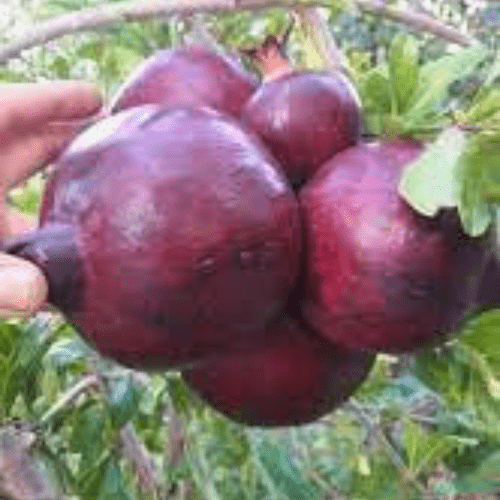Position
Choose a location with full sun to partial shade. Soapberry plants do best in full sun but can tolerate some shade.
Space the plants about 3 to 5m away from other trees to accommodate their mature size and allow proper airflow.
Soil
They prefer well-draining soil. Sandy loam or loamy soil with a pH of 6.0 to 7.5 is ideal. Avoid heavy clay soils that retain water.
Watering
Newly planted trees need consistent watering, but the soil should not be soggy. Water deeply once a week, allowing the top few inches of soil to dry out between waterings.
Once established, water when the top 1-2 inches of soil are dry. Reduce frequency during cooler months. Over-watering can lead to root rot.
Fertilising
Use a balanced, slow-release fertiliser designed for fruit trees. Organic options like compost or well-aged manure can also be beneficial.
Fertilise in early spring as new growth begins and again in mid-summer. Alternatively, apply our slow-release (berry fertiliser) all-plant fertiliser. Apply one teaspoon every 4-5 months. The roots will absorb what they need.
Mulch
Use 2 to 5 centimetres of pine bark mulch to protect the roots from UV damage and drying out. The mulch retains moisture and maintains an optimal pH. Do not let the mulch touch the plant stem, as it may cause infection or rot.
Pruning
Prune the tree to maintain a manageable size and shape. Remove dead or diseased branches to improve air circulation and reduce the risk of disease.






